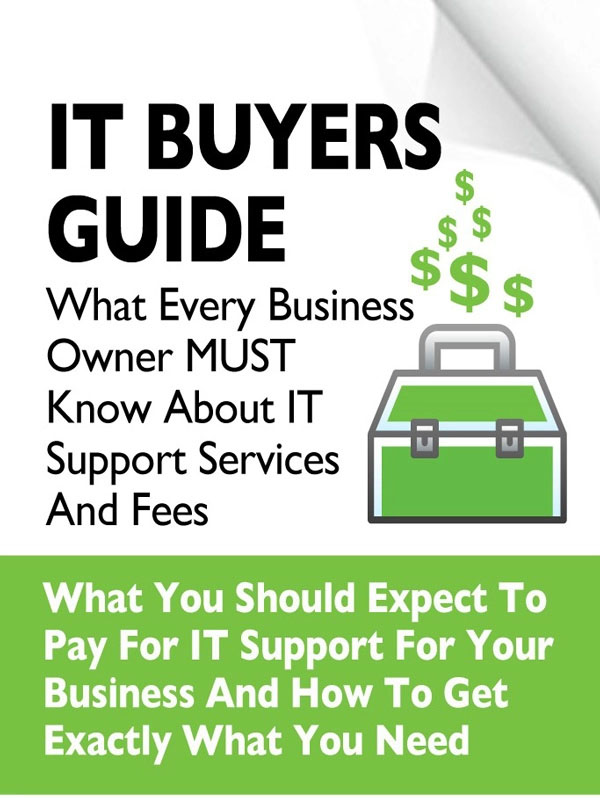In today's digital landscape, non-profit organizations and legal firms are increasingly turning to cloud computing to streamline operations, enhance security, and improve service delivery. Microsoft Azure, a leading cloud platform, offers a robust set of tools and services tailored to meet the unique needs of these sectors. Explore the best practices for non-profits and legal organizations to maximize the benefits of Azure while ensuring compliance and data security.
Why Azure for Non-profits and Legal Organizations?
Microsoft Azure provides a scalable, secure, and cost-effective solution for organizations that often operate with limited resources. With its comprehensive suite of services, Azure can help these entities:
- Enhance data security and compliance
- Improve operational efficiency
- Enable remote work and collaboration
- Manage and analyze large datasets
- Reduce IT infrastructure costs
Best Practices for Implementing Azure
1. Leverage Azure's Non-profit and Legal-Specific Offerings
- Azure for Non-profits: Microsoft offers discounts and grants for eligible non-profits. Take advantage of these programs to access advanced cloud services at reduced costs.
- Azure for Legal: Utilize Azure's compliance certifications (e.g., ISO 27001, GDPR) to meet stringent legal data protection requirements.
2. Implement Robust Security Measures
- Enable Multi-Factor Authentication (MFA) for all user accounts.
- Use Azure Active Directory for centralized identity management.
- Implement Azure Security Center to monitor and improve your security posture.
- Regularly conduct security audits using Azure's built-in tools.
3. Optimize Data Management and Storage
- Utilize Azure Blob Storage for cost-effective, scalable storage of unstructured data.
- Implement Azure SQL Database for secure, compliant relational data storage.
- Use Azure Data Lake for big data projects.
4. Enhance Collaboration and Productivity
- Integrate Microsoft 365 with Azure for seamless collaboration.
- Implement Azure DevOps for project management and code versioning.
- Use Azure Logic Apps to automate workflows and integrate various services.
5. Ensure Compliance and Data Governance
- Leverage Azure Policy to enforce organizational standards and assess compliance.
- Implement Azure Information Protection to classify, label, and protect sensitive data.
- Use Azure Compliance Manager to track and manage compliance requirements.
6. Optimize Costs
- Utilize Azure Cost Management tools to monitor and optimize cloud spending.
- Implement auto-scaling to adjust resources based on demand.
- Take advantage of Azure Reservations for long-term cost savings on predictable workloads.
7. Plan for Disaster Recovery and Business Continuity
- Implement Azure Backup for regular, automated backups.
- Use Azure Site Recovery to ensure business continuity in case of outages.
Conclusion
Microsoft Azure offers a powerful set of tools for non-profits and legal organizations to modernize their operations, enhance security, and improve service delivery. By following these best practices, organizations can leverage Azure to its full potential, ensuring they remain efficient, compliant, and secure in an increasingly digital world.
Remember, the journey to the cloud is ongoing. Regularly review and update your Azure implementation to take advantage of new features and maintain best practices in this evolving landscape.




You must be logged in to post a comment.